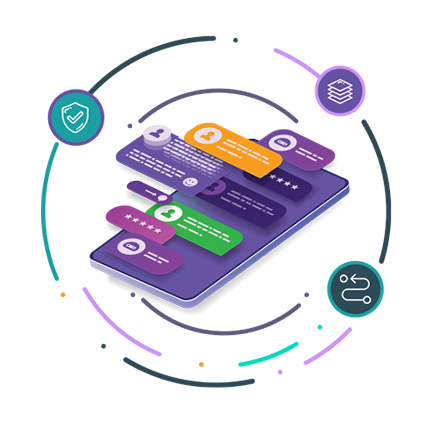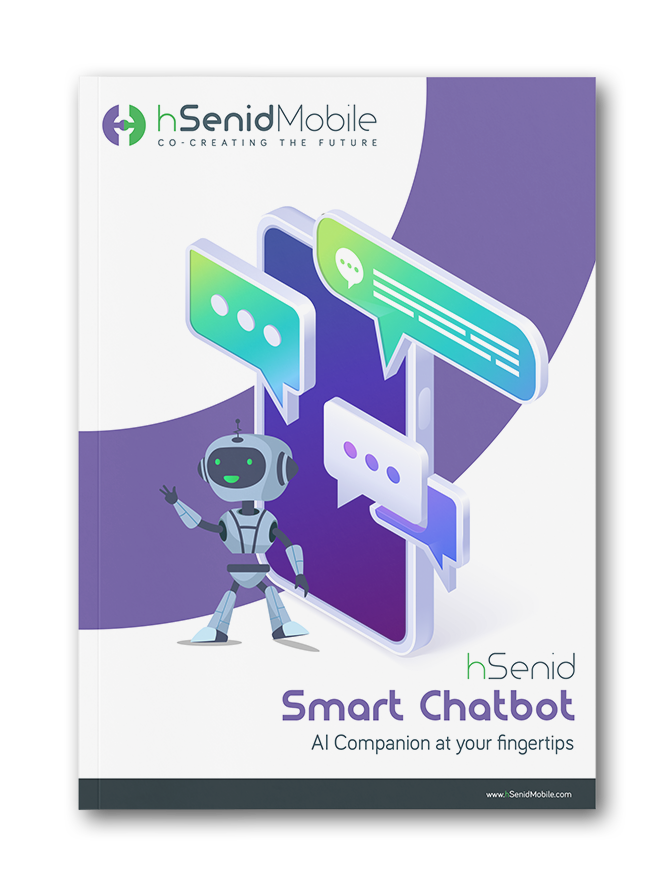In today’s digital landscape, businesses are inundated with promises of seamless customer interactions powered by artificial intelligence. As companies rush to sell their latest conversational solutions, the terms “AI assistant,” “virtual agent,” and smart chatbot are often used interchangeably, yet what lies behind the buzz? Are these systems truly learning and adapting, or have we simply rebranded sophisticated decision trees with a fresh coat of marketing paint? This blog peels back the layers to explore the real capabilities of modern conversational tools and to help you decide whether your next investment is a genuine AI breakthrough or just a clever script in disguise.
That disconnect? It’s often because businesses are promised AI but end up with a glorified FAQ tree.
In contrast, the next generation of intelligent assistants claims to leverage machine learning, natural language understanding (NLU), and even sentiment analysis to interpret user intent, generate context-aware responses, and continuously improve through data.
Key hallmarks of a truly advanced conversational system include:
Many companies aim to create advanced systems, but often they use a mix of machine learning and specific rules they’ve created by hand to fill in what their models miss. This means the system can switch between learning on its own and following set rules, which can feel awkward or confusing for users.
While truly AI-driven agents offer the promise of richer, more human-like conversations, they come with challenges: high computational costs, data privacy considerations when logging chats for training, and the risk of unpredictable or “hallucinatory” responses.
Conversely, rule-based frameworks provide ironclad control and transparency, qualities that remain crucial for regulated industries like banking and healthcare.
In the future, the best approach will mix reliable scripted processes with the flexibility of AI learning. Smart organizations will use modular systems that let them add advanced language models where they’re truly helpful while keeping fixed scripts for essential tasks.
Built on advanced natural language processing, omnichannel integration, and a powerful low-code interface, hSenid’s virtual Assistants don’t just simulate intelligence—they deliver it. Whether automating support, boosting lead generation, or integrating with telco-grade infrastructure, it adapts, learns, and evolves with your business.
If you’re ready to move beyond scripted interactions and into real conversational intelligence, explore how hSenid’s Smart Chatbot can drive value from day one. Learn more about hSenid’s Smart Chatbot and book a demo today.
First, Let’s Talk About the Numbers
Before we get into definitions, let’s ground this in reality.- 74% of customers expect to interact with chatbots when engaging with a business online (Salesforce, 2024).
- 80% of consumers report positive experiences with chatbots for customer service, and 62% prefer chatting with a bot rather than waiting for a human agent.
- The global chatbot market is expected to hit $27 billion by 2030 (Statista), but the gap between flashy demos and practical deployment is still painfully wide.
That disconnect? It’s often because businesses are promised AI but end up with a glorified FAQ tree.
What Makes a Smart Chatbot Different?
At its core, a traditional scripted bot follows pre-defined rules: if the user says “X,” the bot responds with “Y.” These rule-based systems excel at handling simple, predictable queries but quickly break down when conversations stray from their narrow paths.In contrast, the next generation of intelligent assistants claims to leverage machine learning, natural language understanding (NLU), and even sentiment analysis to interpret user intent, generate context-aware responses, and continuously improve through data.
Key hallmarks of a truly advanced conversational system include:
- Context retention: The ability to remember past interactions within a session (and even across sessions) to provide personalized responses.
- Language flexibility: Understanding synonyms, paraphrasing, and colloquial expressions without relying on rigid keyword matching.
- Automated learning: Continuously updating its knowledge base from new user inputs, chat logs, and external data sources—ideally without human intervention on every update.
Many companies aim to create advanced systems, but often they use a mix of machine learning and specific rules they’ve created by hand to fill in what their models miss. This means the system can switch between learning on its own and following set rules, which can feel awkward or confusing for users.
The Anatomy of Scripted vs. AI-Learning Bots
To demystify the landscape, it helps to break down the typical components of each approach:| Component | Scripted Bot | AI-Learning Bot |
|---|---|---|
| Intent recognition | Exact-match keywords, simple regex patterns | Statistical classification; neural networks |
| Dialogue flow | Manually authored decision trees | Dynamic generation via model inference |
| Error handling | Fallback messages like “I didn’t understand” | Adaptive prompts, clarifying questions |
| Maintenance | Ongoing rule updates by developers | Retraining models periodically |
| Scalability | Becomes unwieldy as rules proliferate | Scales with more data, but needs computing |
While truly AI-driven agents offer the promise of richer, more human-like conversations, they come with challenges: high computational costs, data privacy considerations when logging chats for training, and the risk of unpredictable or “hallucinatory” responses.
Conversely, rule-based frameworks provide ironclad control and transparency, qualities that remain crucial for regulated industries like banking and healthcare.
Real-World Use Cases
- Customer Support: For FAQs like “Where’s my order?”, a quick scripted reply is all users want. 90% of customers rate an “immediate” response as important or very important when they have a customer service question. Speed still beats style.
- Banking and Financial Transactions: In the financial sector, chatbots are transforming how customers interact with services. hSenid’s virtual Assistants support secure functions like bill payments, checking account balances, submitting loan applications, and even document uploads. By supporting multiple languages and dialects, including hybrid transliterations like Singlish and Tanglish, it ensures inclusivity across diverse user bases. 46% of financial institutions using artificial intelligence have reported improved customer experience.
- Internal Knowledge Bases: HR and IT helpdesks benefit from AI-powered search through large documentation sets, but the actual conversational interface frequently relies on templated replies.
The Future of Smart Chatbots in Business
Looking ahead, the evolution of conversational platforms is poised to accelerate across several dimensions:- Multimodal Understanding: Beyond text, true digital assistants will parse images, voice intonation, and even biometric cues, moving well beyond a scripted FAQ.
- Federated and On-Device Learning: To address privacy and latency concerns, models will increasingly train and infer on-device, sharing only aggregated insights back to central servers.
- Emotional Intelligence: Advances in sentiment analysis and affective computing promise bots that adapt tone and content based on the user’s emotional state.
- Seamless Handoff: The line between human and machine support will blur, with agents able to step in at precisely the right moment, armed with full conversational context.
- Multilingual & Hybrid Language Understanding: Next-gen chatbots will handle any language, even hybrid mixes like Spanglish or Hinglish. They’ll understand and respond naturally, making conversations seamless and inclusive for users everywhere.
In the future, the best approach will mix reliable scripted processes with the flexibility of AI learning. Smart organizations will use modular systems that let them add advanced language models where they’re truly helpful while keeping fixed scripts for essential tasks.
Conclusion: Don’t Settle for Scripts, Choose a True Smart Chatbot
Are today’s solutions smart or simply rebranded Scripts? The answer lies in the implementation. Many offerings wear the “AI” badge but still rely on static trees and predefined flows. To rise above the noise, businesses must demand clarity from vendors: What does “smart” mean in practice? This is where hSenid’s virtual Assistants stand out.Built on advanced natural language processing, omnichannel integration, and a powerful low-code interface, hSenid’s virtual Assistants don’t just simulate intelligence—they deliver it. Whether automating support, boosting lead generation, or integrating with telco-grade infrastructure, it adapts, learns, and evolves with your business.
If you’re ready to move beyond scripted interactions and into real conversational intelligence, explore how hSenid’s Smart Chatbot can drive value from day one. Learn more about hSenid’s Smart Chatbot and book a demo today.








